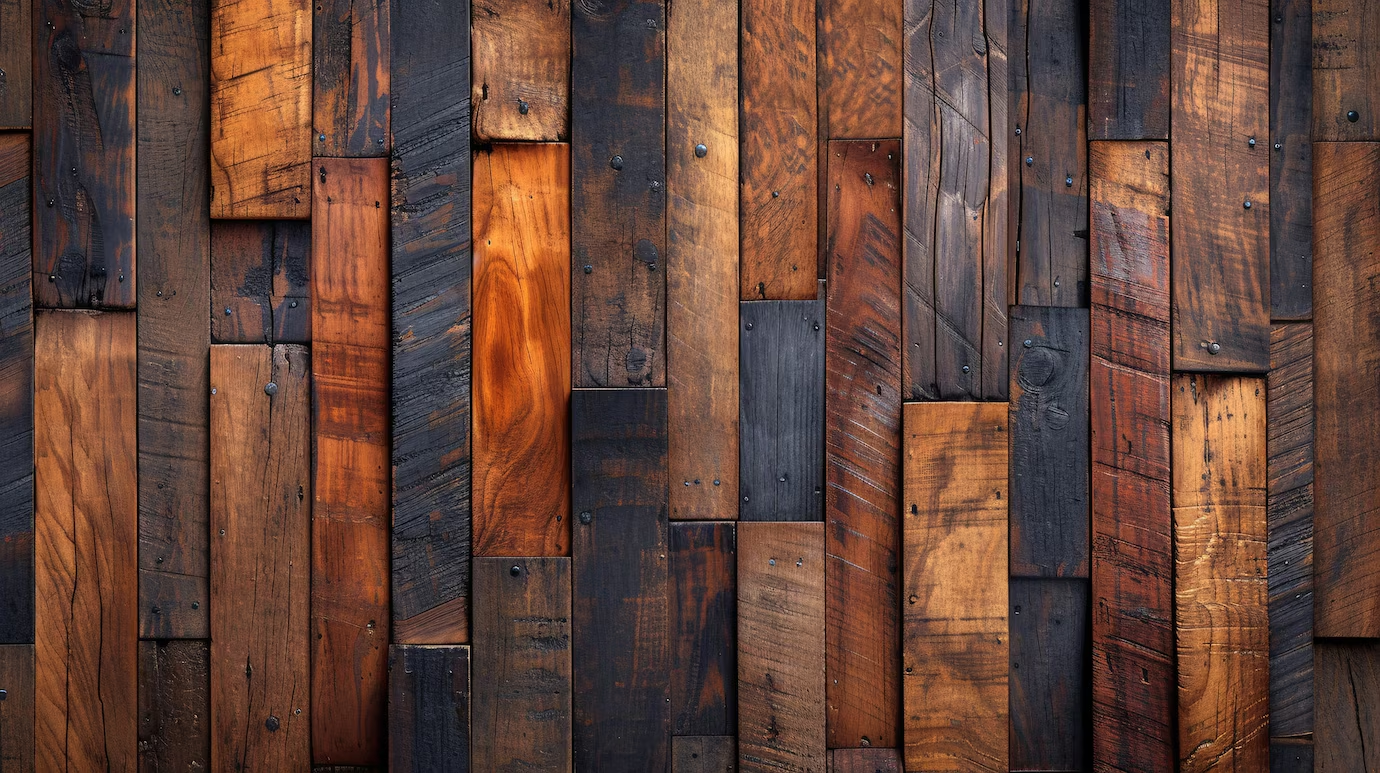
Wood flooring is a timeless and elegant choice for homes, offering natural beauty, durability, and a warm atmosphere. With various wood flooring options available, each type comes with its own benefits and drawbacks. Whether you prefer classic hardwood, engineered wood, or budget-friendly alternatives, understanding the pros and cons of each option can help you make an informed decision.
This guide explores the most popular wood flooring types, highlighting their advantages and disadvantages to help you choose the best fit for your home.
1. Solid Hardwood Flooring
Solid hardwood flooring is made from a single piece of natural wood, making it one of the most durable and attractive flooring options.
Pros:
- Timeless Beauty: Hardwood flooring adds elegance and sophistication to any home.
- Durability & Longevity: Can last for decades with proper care.
- Refinishing Potential: Can be sanded and refinished multiple times to restore its appearance.
- Increases Home Value: A high return on investment (ROI) for homeowners.
- Variety: Available in different wood species, stains, and finishes.
Cons:
- Expensive: Higher upfront cost compared to other flooring options.
- Sensitive to Moisture: Prone to warping and swelling in humid environments.
- Requires Maintenance: Needs regular cleaning and refinishing to maintain its look.
- Noisy & Hard Underfoot: Can be noisy when walked on and uncomfortable for long periods.
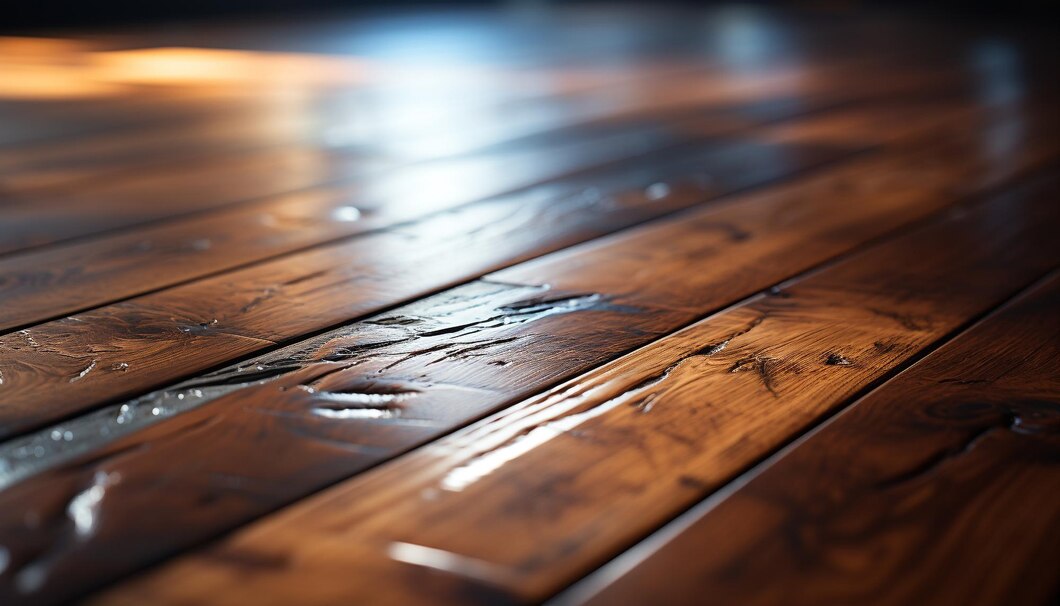
2. Engineered Wood Flooring
Engineered wood flooring consists of a real wood veneer on top of multiple layers of plywood, making it more stable than solid hardwood.
Pros:
- Moisture-Resistant: Less prone to warping, making it ideal for basements and humid areas.
- More Affordable: Offers the look of hardwood at a lower cost.
- Easier Installation: Often comes with click-lock installation for DIY projects.
- Durable: Withstands temperature changes better than solid hardwood.
Cons:
- Limited Refinishing: Can only be sanded and refinished a limited number of times.
- Less Durable Than Hardwood: The top veneer layer can wear down over time.
- Quality Variations: Cheaper versions may have a thin veneer that wears out quickly.
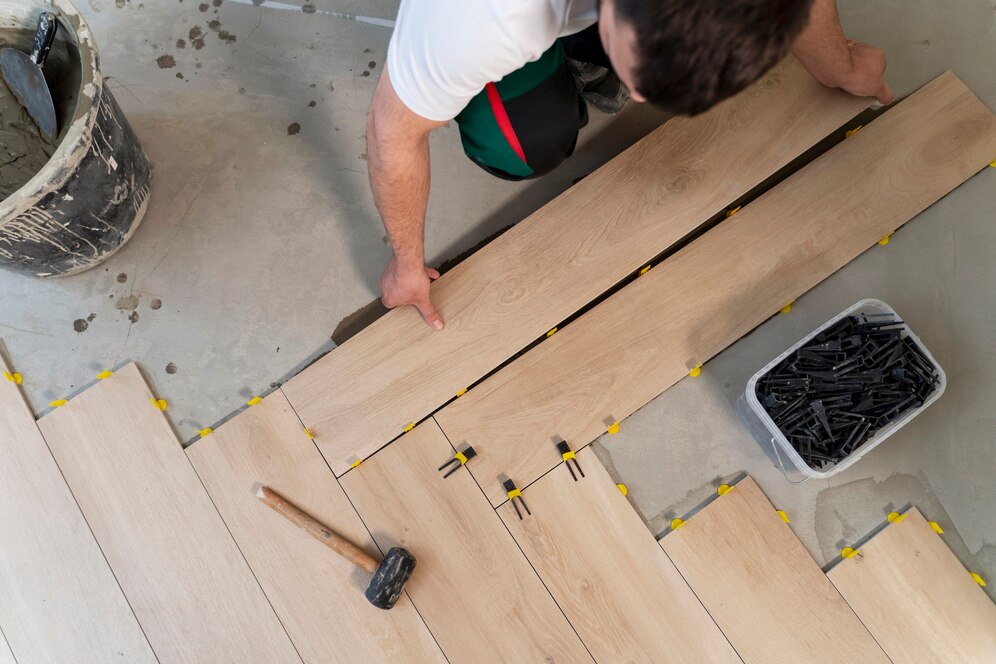
3. Laminate Wood Flooring
Laminate flooring is a synthetic product that mimics the appearance of real wood but is made from high-density fiberboard (HDF) with a photographic layer on top.
Pros:
- Budget-Friendly: A more affordable alternative to hardwood and engineered wood.
- Scratch & Stain-Resistant: Ideal for high-traffic areas and homes with pets.
- Easy Maintenance: Simple to clean and doesn’t require refinishing.
- DIY Installation: Click-lock design allows for easy installation.
Cons:
- Not Real Wood: Lacks the authenticity and feel of natural wood.
- Cannot Be Refinished: Once worn out, it must be replaced.
- Moisture Sensitivity: Can warp if exposed to excessive moisture.
- Lower Home Value Impact: Does not increase resale value as much as real wood flooring.
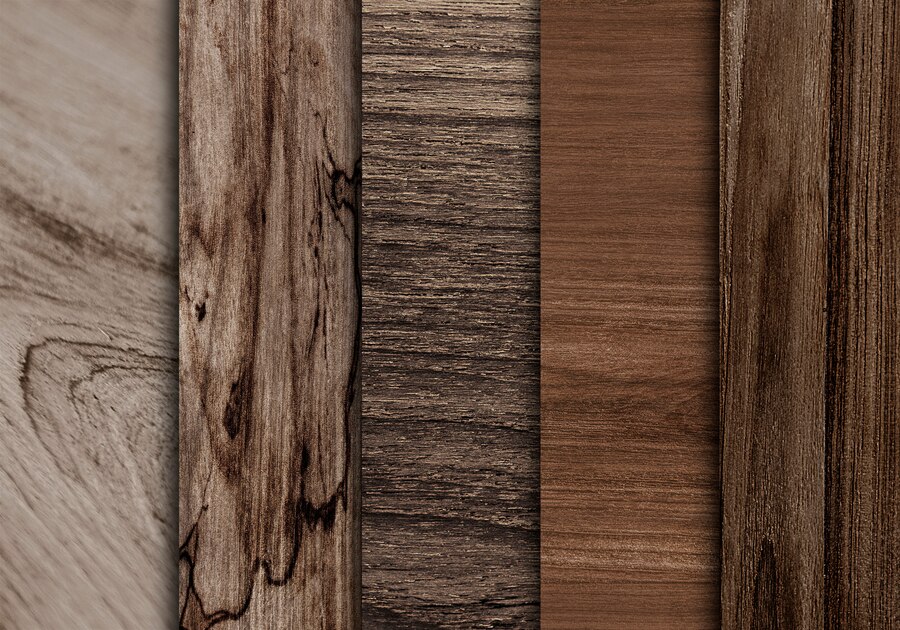
4. Bamboo Flooring
Bamboo flooring is made from compressed bamboo fibers, offering a sustainable and stylish alternative to traditional wood flooring.
Pros:
- Eco-Friendly: A renewable resource that grows quickly.
- Durable: Strand-woven bamboo is as strong as hardwood.
- Stylish Appearance: Offers a modern and unique look.
- Moisture-Resistant: More resistant to humidity than hardwood.
Cons:
- Prone to Scratches: Can dent and scratch easily, especially in high-traffic areas.
- Quality Variations: Some low-quality bamboo flooring is less durable.
- Limited Refinishing Options: Can only be refinished a few times.
- Sensitive to Humidity: While more resistant than hardwood, extreme moisture can cause swelling.
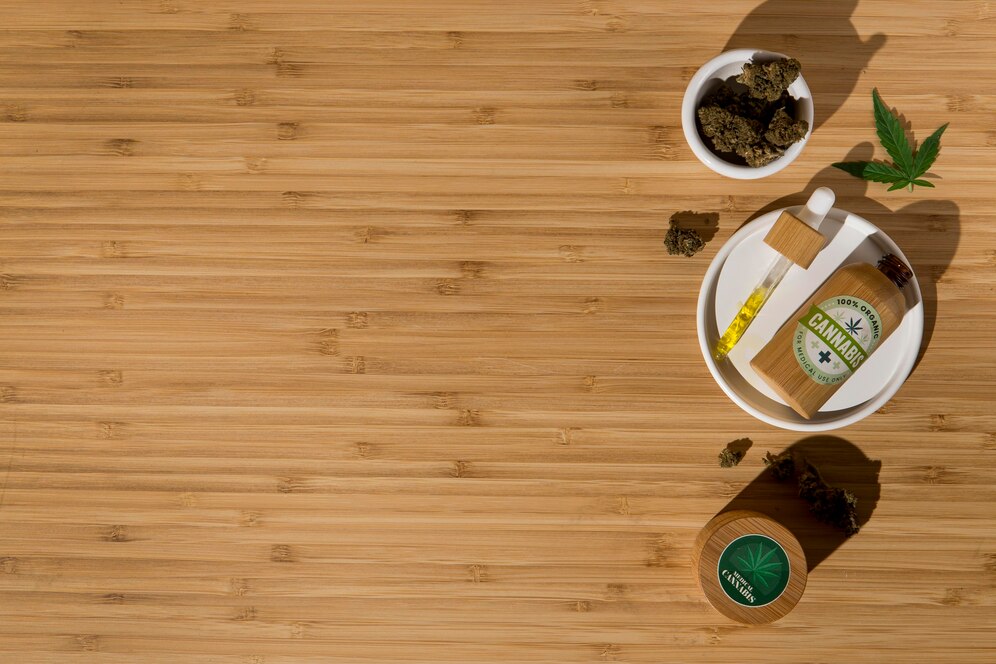
5. Cork Flooring
Cork flooring is made from the bark of cork oak trees, offering a soft and comfortable flooring option with natural insulating properties.
Pros:
- Eco-Friendly: Harvested from renewable sources without harming trees.
- Soft & Comfortable: Provides cushioning underfoot, reducing strain on joints.
- Natural Insulation: Offers soundproofing and warmth.
- Hypoallergenic: Resistant to mold, mildew, and allergens.
Cons:
- Prone to Dents & Scratches: Not as durable as hardwood.
- Requires Sealing: Needs periodic sealing to protect against moisture.
- Fades Over Time: Direct sunlight can cause discoloration.
- Limited Refinishing Options: Cannot be sanded down like hardwood.
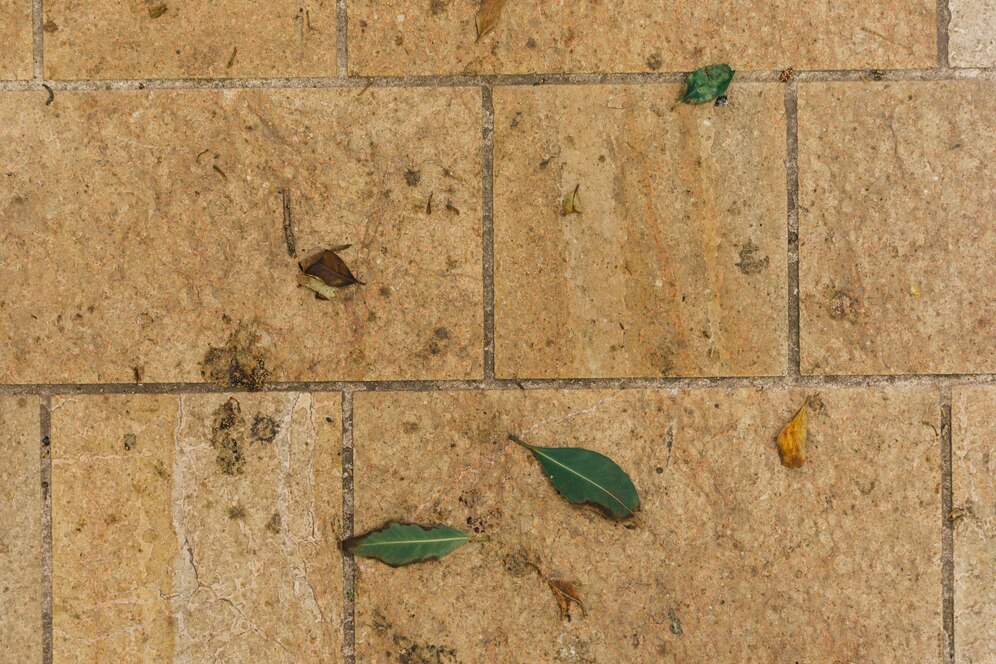
6. Reclaimed Wood Flooring
Reclaimed wood flooring is made from salvaged wood from old buildings, barns, and factories, offering a rustic and environmentally friendly option.
Pros:
- Eco-Friendly: Reduces waste and repurposes old materials.
- Unique Character: Each plank has distinct markings and history.
- Durable: Often made from high-quality, old-growth wood.
- Adds Value: Provides a unique selling point for homes.
Cons:
- Expensive: Costs can be high due to sourcing and refinishing.
- Quality Variations: Some reclaimed wood may have hidden defects.
- Requires Professional Installation: May need additional preparation and sealing.
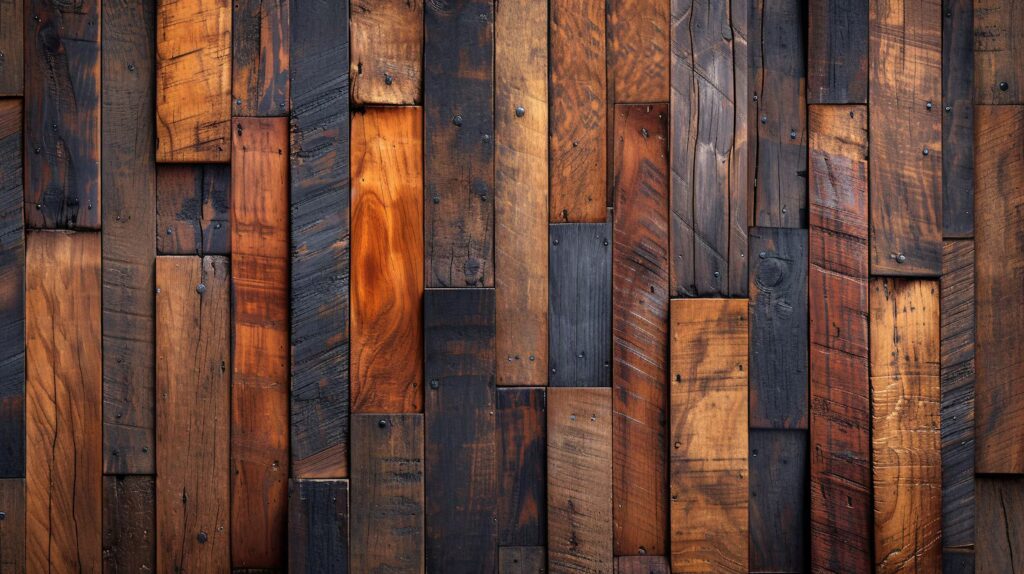
Choosing the Right Wood Flooring for Your Home
When selecting the best wood flooring for your home, consider the following factors:
- Budget: Determine how much you’re willing to invest in flooring.
- Room Usage: High-traffic areas may need more durable options like hardwood or engineered wood.
- Climate & Moisture Levels: Choose moisture-resistant flooring for humid environments.
- Maintenance Needs: Consider how much upkeep you’re willing to commit to.
- Aesthetic Preferences: Select a flooring type that complements your home’s style.
Conclusion
Wood flooring is a versatile and stylish choice for any home, but each type has its own advantages and drawbacks. Whether you opt for solid hardwood, engineered wood, laminate, bamboo, cork, or reclaimed wood, it’s essential to weigh the pros and cons before making a decision.
By understanding your budget, lifestyle needs, and design preferences, you can select the best wood flooring option that enhances your home’s beauty, functionality, and value for years to come.





1 Comment
I really prize your work, Great post.